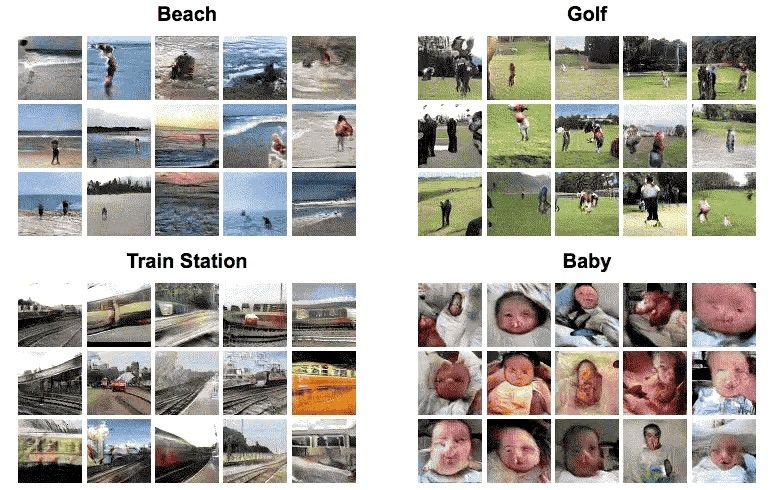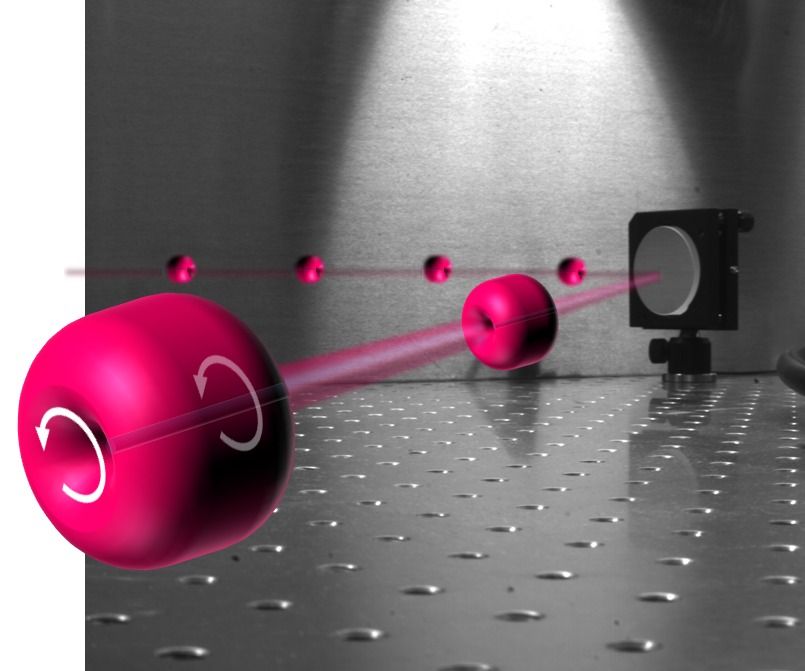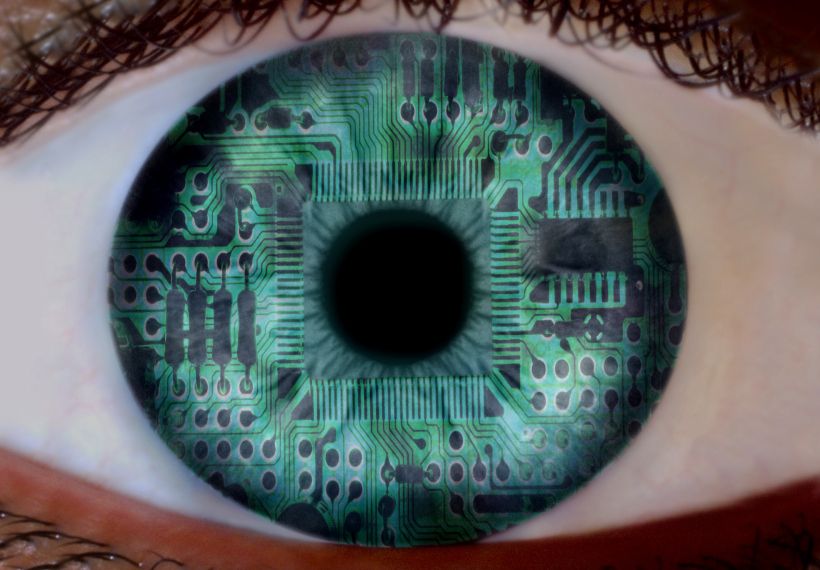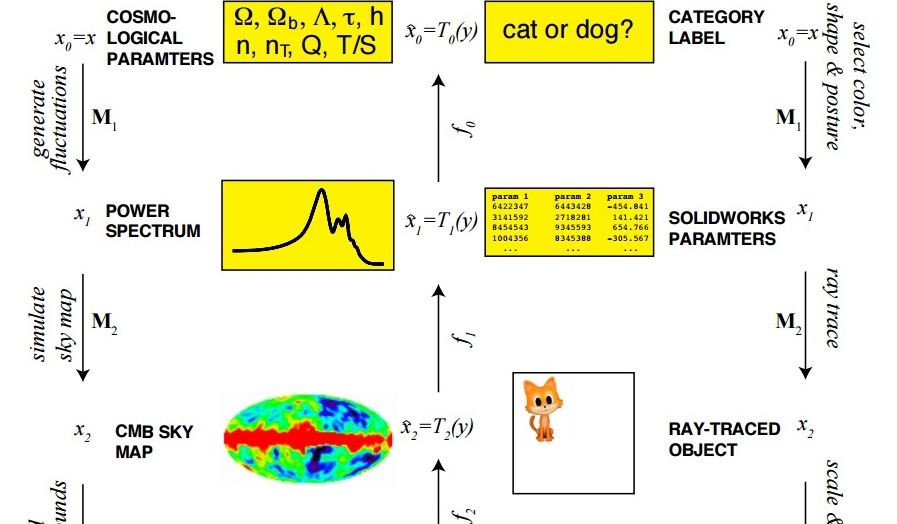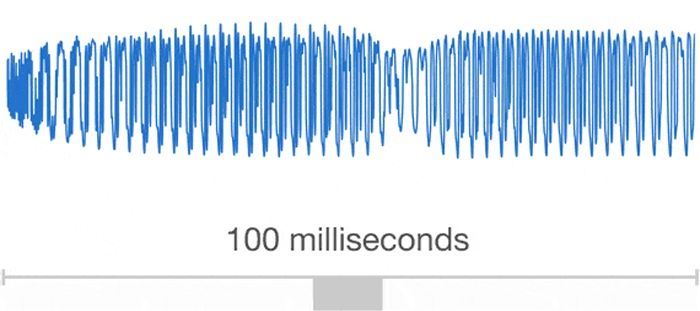Sep 10, 2016
New Evidence Proving That Walt Disney Was Frozen After Death Cryonics Myth
Posted by Shailesh Prasad in categories: cryonics, education, life extension
https://www.youtube.com/watch?v=benzXbi4zu4&noredirect=1
Thanks for 5,000 Subscribers!
Follow me on Instagram @ DisneylandHacker.
This is a video on new proof on walt disney frozen body. We are currently looking for the walt disney frozen body pictures. But we belive that walt disney cryogenically frozen and we are trying to get to the truth of it! And we know he was walt disney frozen! WE are working on a cryonics documentary that should have enough proof! Its the cryonics death in the deep freeze which lots of celebs and people of power are doing now adays! Mr disney walt cryogenic! We know the truth! We will find you! The disney cryogenic myth is no myth at all we will prove it one day! Its only a matter of time! Who else belives in the walt disney cryogenics myth? Its about time we start adding the clues togather to find the answer that we were lied too! Its the same ol walt disney cryogenics myth that they keep joking about saying its not real! Why do you think they made the movie frozen? To cover up the disney cryogenically frozen name when you google it?This disney cryogenics is proof right here! Theres no disney cryogenics debunked at all evidence!

